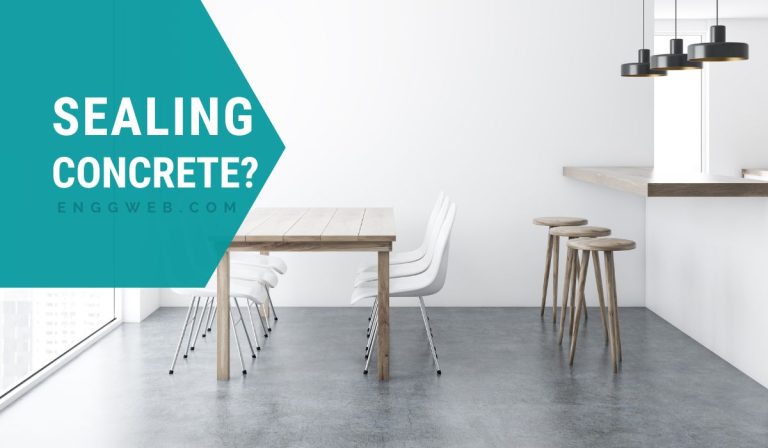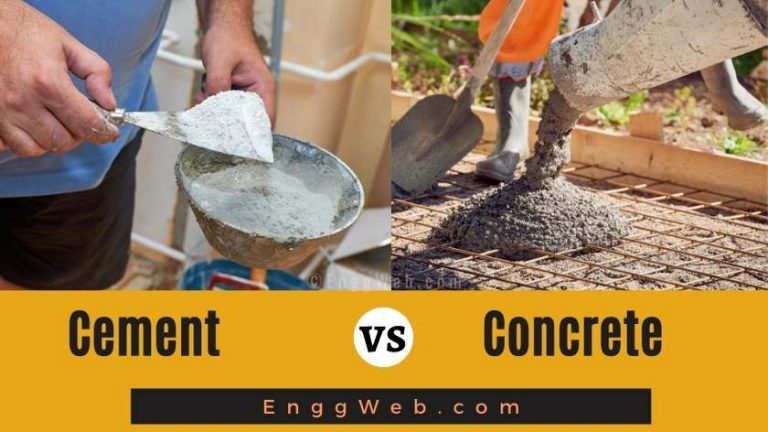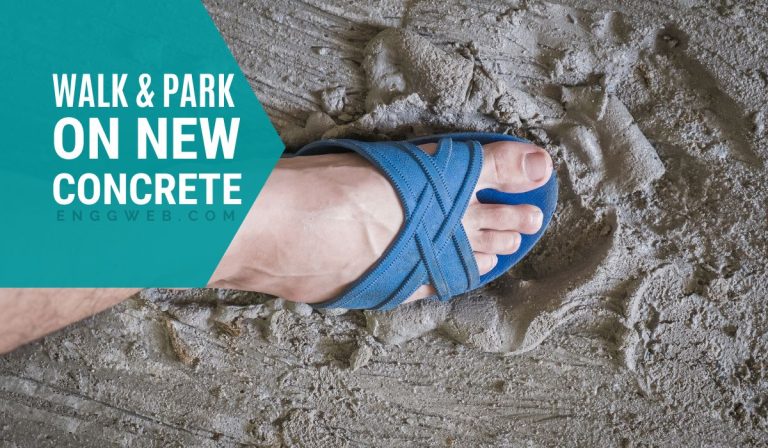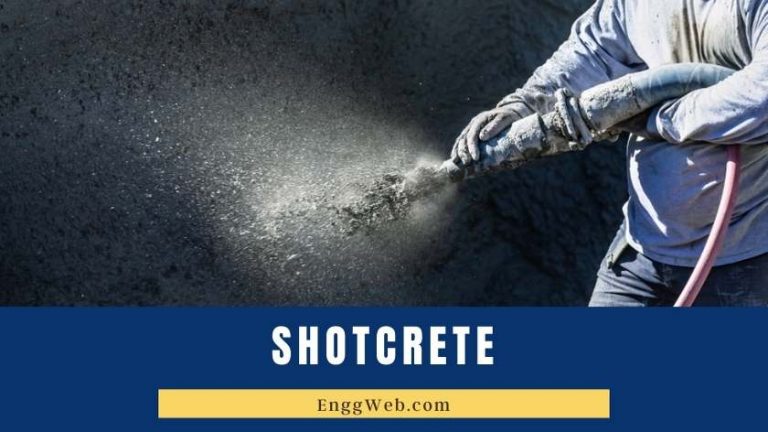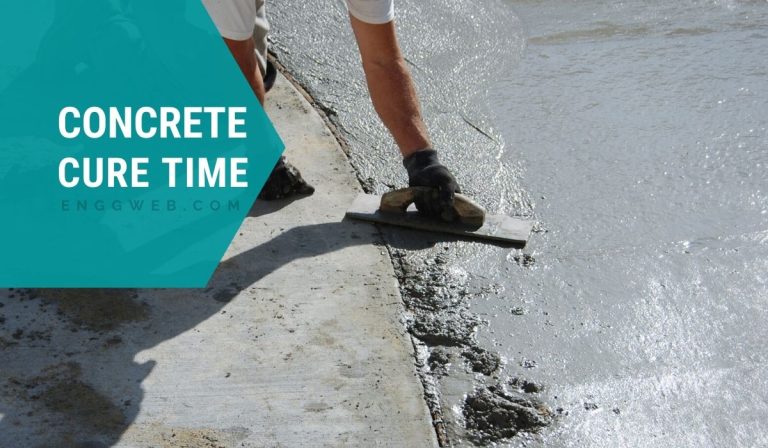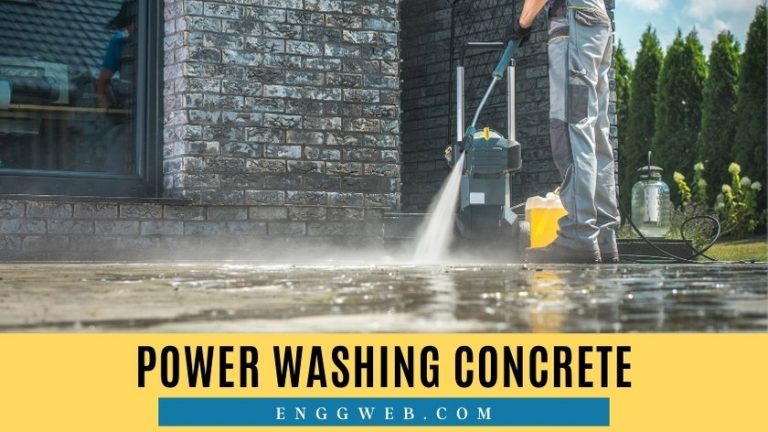Can You Pour Concrete in the Winter?
Construction doesn’t stop, even in winter. But, how do you go about pouring concrete in freezing weather? What precautions should you take?
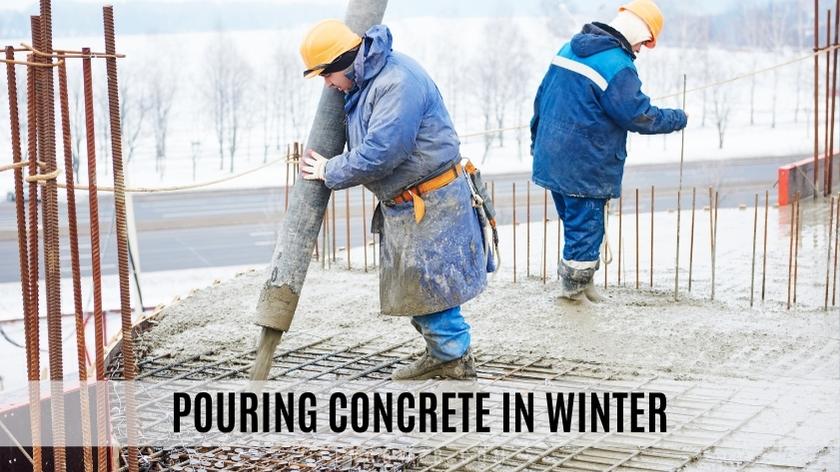
Contents
How Cold Can You Pour Concrete?
The recommended temperature for pouring concrete is between 40° to 60° F (temperature of the concrete mix). However, do not pour it on frozen ground. Use heaters or blankets to thaw the ground to at least 32°F (Fahrenheit) before you pour concrete in cold weather.
Does Cold Weather Affect Concrete Curing?
Yes, cold weather harms concrete curing. Concrete curing slows down with decreasing temperatures. When the thermometer reaches 50°F (10°C), concrete sets incredibly slowly, while the hydration reaction virtually stops at 40°F (4°C). Note that this is concrete temperature, not air temperature. If you can maintain the concrete’s temperature above 50°F (10°C) until it reaches final set, the final product’s quality will remain intact.
Can You Set Concrete in the Winter?
Yes, you can, provided that you protect the concrete from cold weather, wind, and rain. If the concrete’s temperature dips below 40°F (4°C), the hydration reaction halts, effectively keeping the concrete in its fluid state. Here, you run the risk that the water in the concrete mix will freeze, ruining the pour.
It is also essential to protect the concrete from the cold until it reaches at least 500psi (3MPa) compressive strength. At this point, it can typically resist the internal pressures resulting from freezing temperatures. Typically in cold weather, the concrete would reach this point the day after it’s poured. At this point, the hydration process has consumed a large portion of the fresh concrete’s water. If the remaining water freezes in a typical mix design, it wouldn’t be enough to damage the concrete’s internal pores.
Can You Pour Concrete if It Freezes at Night?
Yes, if you protect it properly. If you can keep the wet concrete warm, you can pour concrete even when the nighttime temperatures dip below freezing. Here, it is essential to cast the concrete on a rising thermometer. That is, early in the morning, while the ambient temperature rises. This gives it the best odds of setting before nightfall.
It is essential to keep the concrete warm here, usually by covering it with canvas and insulating materials. A heated covering can also be used in extreme weather conditions, although this becomes costly, especially on large pours.
Luckily, the hydration reaction is exothermic (it produces heat). This means that the concrete will contribute to the heat inside the covering as it cures, improving the odds of reaching final set before nightfall.
How to Pour Concrete in Cold Weather?
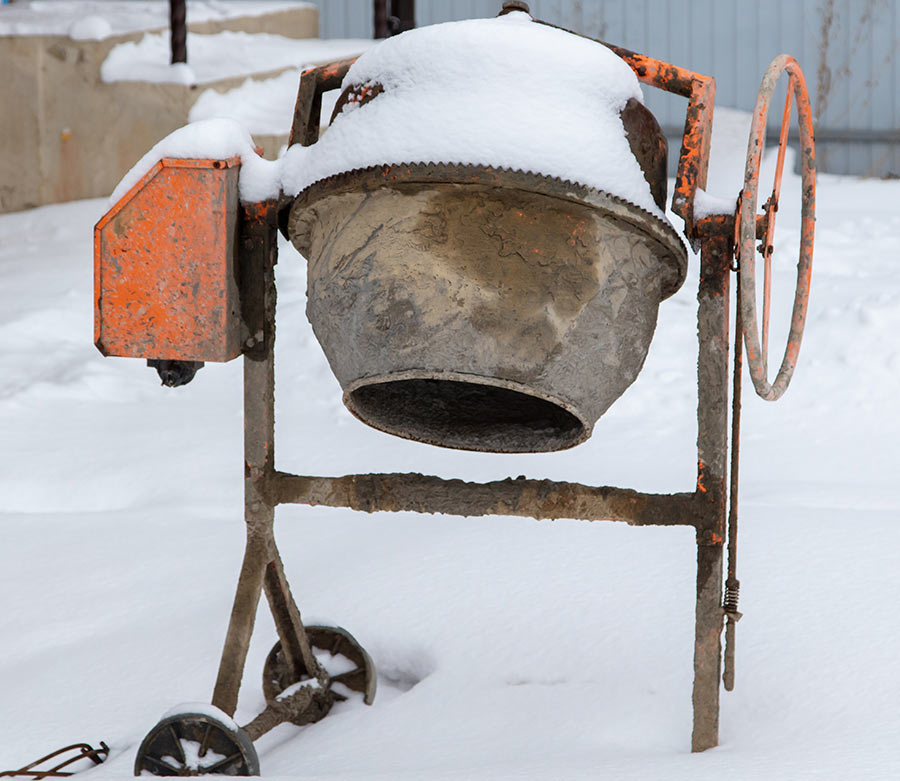
Increasing the concrete’s temperature and speeding up the hydration reaction is essential for cold-weather concreting. To this end, there are many tricks of the trade that will help you along the way, mainly in adjusting the mix design and managing the environment. Here are some key aspects to remember during cold-weather concreting.
- Heat the mixing water. This heats the fresh concrete, speeding up the hydration reaction. Note that fresh concrete should not exceed 77°F (25°C), but should be at least 65°F (18°C), so adjust your mixing water temperature accordingly.
- If you can, heat the aggregates used in your mix design. Some larger mixing plants have heating facilities that allow steam to permeate through the sand and stone stockpiles, heating them before adding them to the concrete mix.
- Use set accelerating admixtures. There are two types of accelerating admixtures – those that enhance final set and those that enhance the initial set. Here, both are applicable and can be used liberally. Accelerating setting times have two benefits in cold weather concreting: the setting time is decreased, so the risk of fresh concreting freezing before it sets is reduced. The second benefit is heat generation. The faster the hydration reaction takes place, the greater the heat generated inside the concrete as it sets. This further improves setting time and decreases the risk of freezing.
Note the type of accelerating admixture you use. Older generation set accelerators are typically based on calcium chloride, which could cause corrosion in steel reinforcement. It could also cause discoloration in colored concrete. Newer generation set accelerators use specialty polymers specifically designed to enhance setting times without negatively affecting the concrete’s other qualities.
- Use the correct water-reducing admixtures. Old-generation water reducers are based on glucose, which decreases setting times. New-generation water reducers are polymer-based and do not affect setting times. When used correctly, they will decrease the amount of water needed in your mix design and thus decrease the amount of bleeding on the pour.
- Don’t use cement extenders, such as fly ash, slag, and silica fume. Cement extenders typically decrease setting time, reducing the heat generated by the hydration reaction. This is what you would use in hot weather concreting. For cold-weather concreting, you want the greatest possible heat generation inside the fresh concrete, and excluding extenders from the mix design aid in this. The exception to this rule is Corex Slag, a particular type of slag generated during a particular iron smelting process that accelerates the hydration reaction instead of slowing it down. This slag is only produced along the west coast of South Africa.
- Add more cement to your mix design. This may mean that your final compressive strength is far above what is specified for the project. However, the early compressive strength will also be higher, thus decreasing the time that you need to protect the fresh pour.
- Specify a low-slump concrete. Here, a slump of less than 4 inches (100mm) is best. This minimizes the water in the mix design, decreasing the risk of bleeding.
- Decrease the risk of bleeding by adding air entraining admixtures. In cold-weather concreting, bleeding typically starts later than usual, and there is more of it. Excessive bleeding could lead to crack formation and changing the surface water:cement ratio. This leads to localized weakening, which negatively affects the structure’s quality.
Coincidentally, air-entraining admixtures act as internal insulation for the concrete – the entrained air does not conduct temperature changes like the rest of the concrete. It will thus remain slightly warmer, decreasing the overall heat loss of the fresh concrete.
- Don’t pour fresh concrete on frozen ground. Prepare the site in the days before the pour using heated pipes or electric blankets.
- Protect the pour from the weather. Where possible, erect wind barriers to prevent cold winds from reaching the fresh concrete. Here, it’s best to pour the fresh concrete indoors, if possible.
- Cover and insulate the fresh concrete. Once poured, the fresh concrete must be covered and insulated. This can be done in various ways, ranging from sand ponding with warm water, tarpaulin covers, heated covers, and any other option to keep the concrete warm until it reaches the desired compressive strength.
- Remove bleed water from the concrete’s surface. Excessive bleed water can negatively affect local concrete strength.
What Type of Cement to Use in Cold Weather?
A Type III (high early strength) cement is your best bet in cold weather since it hydrates faster than other types of cement. In cold-weather concreting, decreased setting times are essential. To this end, a cement that reacts faster and contains fewer extenders is a critical ingredient in your mix design.

